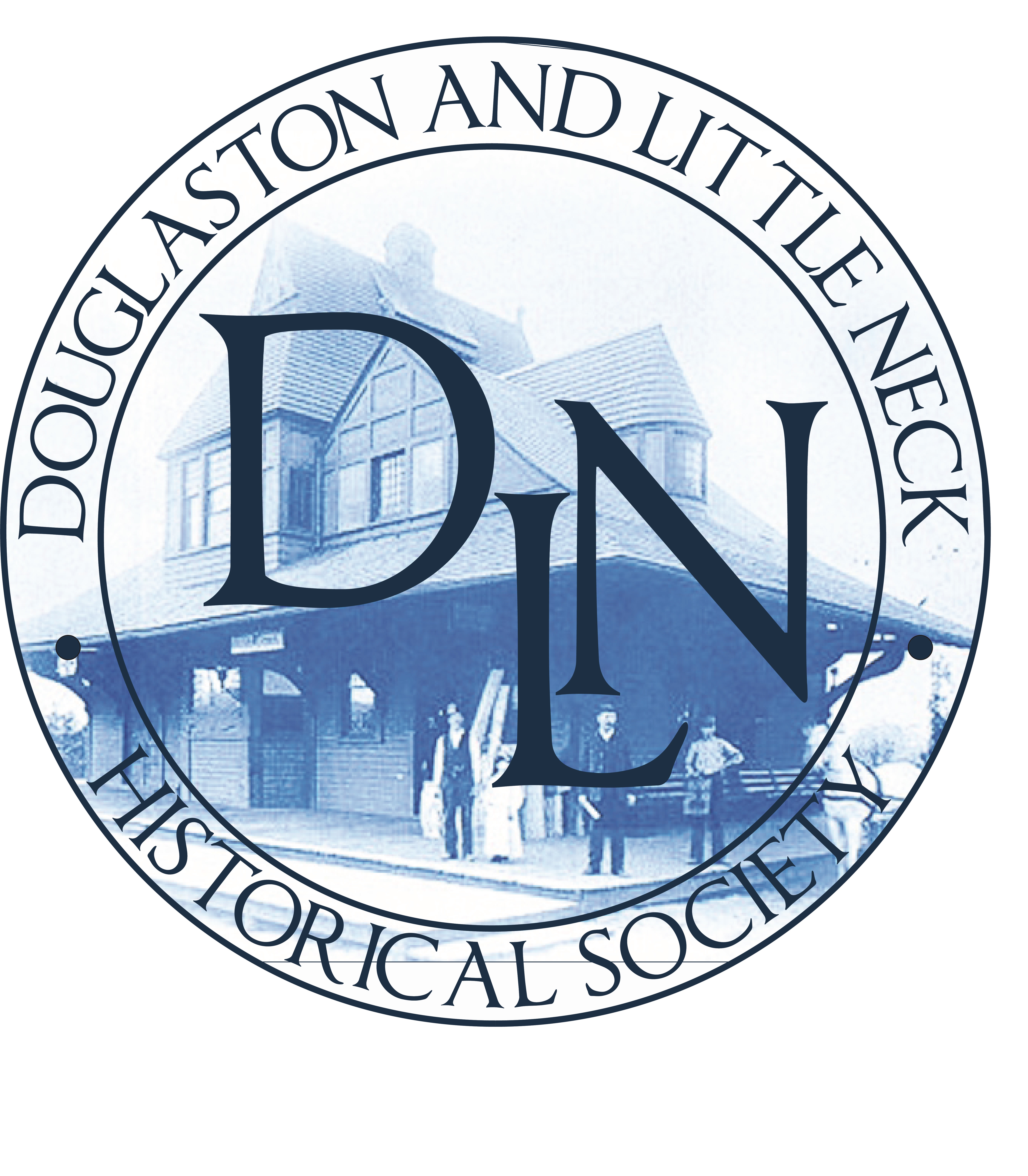History of the Landmarks Law
On April 19, 1965, Mayor Robert F. Wagner signed New York City’s Landmarks Preservation Law. Responding to the relentless destruction of architectural monuments, most memorably Pennsylvania Station in 1963, the City acted to protect its heritage. With clarity and urgency, the law spoke of the historic buildings and neighborhoods that deserved preservation, not only in homage to the past, but also for the enrichment of the future. Preservation would promote the education, pleasure and welfare of New Yorkers, stabilize and improve property values, and enhance the City’s position as an international capital of culture and business.
New York City’s was not the first preservation ordinance, but it became the model for many that followed. Today, over 1500 municipalities across the country have similar laws.
Since the law was passed, the Commission has designated more than 2,000 buildings as individual landmarks, and 68 historic districts in all five boroughs. Altogether approximately 22,000 buildings are designated–a big number, but still just 2% of our building lots. And everywhere there are buildings that testify to the continuing adaptability and vitality of historic buildings.
Not every building survives so unscathed. The Landmarks Law includes a “hardship” provision for the alterations or demolition of buildings unable to survive without relief. That the provision has been rarely used–only 17 times since the landmarks law was enacted–is testimony to the power of historic buildings, and the spirit of New Yorkers.
Why was the Landmarks Law enacted?
The Landmarks Law was enacted in response to New Yorkers’ growing concern that important physical elements of the city’s history were being lost despite the fact that these buildings could be reused. Events like the demolition of the architecturally distinguished Pennsylvania Station in 1963 increased public awareness of the need to protect the city’s architectural, historical, and cultural heritage.
Why is it important to designate and protect landmarks and historic districts?
As the Landmark Law explains, protection of these resources serves the following purposes:
- Safeguarding the city’s historic, aesthetic, and cultural heritage;
- Helping to stabilize and improve property values in historic districts;
- Encouraging civic pride in the beauty and accomplishments of the past;
- Protecting and enhancing the city’s attractions for tourists, thereby benefiting business and industry;
- Strengthening the city’s economy; and
- Promoting the use of landmarks for education, pleasure, and welfare of the people of the city.
What is a landmark?
A landmark is a building, property, or object that has been designated by the Landmarks Preservation Commission because it has a special character or special historical or aesthetic interest or value as part of the development, heritage, or cultural characteristics of the city, state, or nation.
What types of designation can the Commission make?
There are three types of landmarks: individual (exterior) landmarks, interior landmarks, and scenic landmarks. The Landmarks Preservation Commission may also designate areas of the city as historic districts.
- An individual landmark is a property, object, or building that has been designated by the Landmarks Commission. These properties or objects are also referred to as “exterior” landmarks because only their exterior features have been designated. The Roosevelt Island Lighthouse, the Edgewater Village Hall on Staten Island, Grand Central Terminal, and Old West Farms Soldiers’ Cemetery in the Bronx are examples of individual landmarks.
- An interior landmark is an interior space that has been designated by the Landmarks Commission. Interior landmarks must be accessible to the public. The lobby of the Woolworth Building, the dining room of the Gage & Tollner restaurant in Brooklyn, and the waiting room of the Marine Air Terminal at LaGuardia Airport are examples of interior landmarks.
- A scenic landmark is a landscape feature or group of features that has been designated by the Landmarks Commission. Scenic landmarks must be situated on city-owned property. Prospect Park, Verdi Square at Broadway and 73rd Street, Central Park, and Ocean Parkway are all scenic landmarks.
- An historic district is an area of the city designated by the Landmarks Commission that represents at least one period or style of architecture typical of one or more eras in the city’s history; as a result, the district has a distinct “sense of place.” Douglas Manor, Fort Greene, Riverdale, the Upper East Side, and SoHo are examples of sections of the city that contain historic districts.
